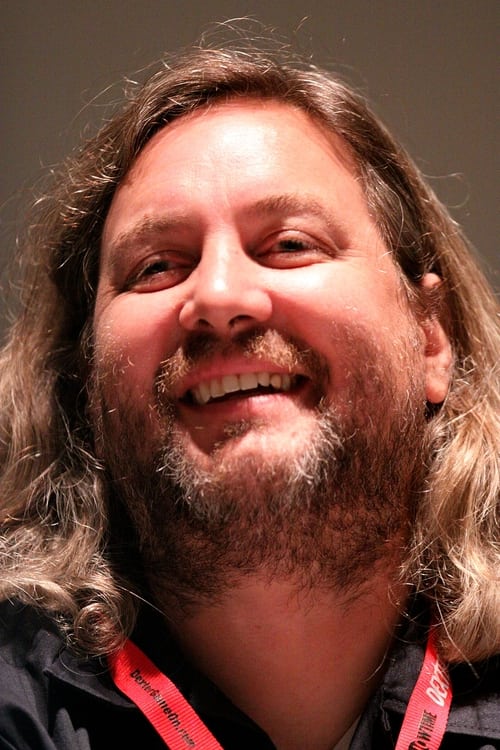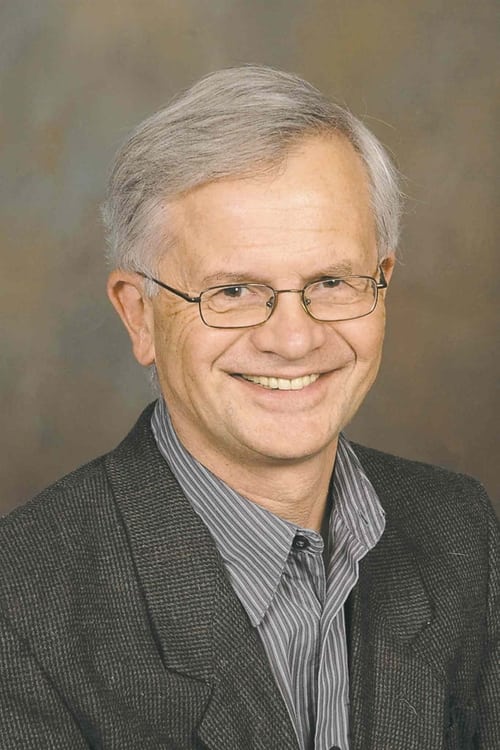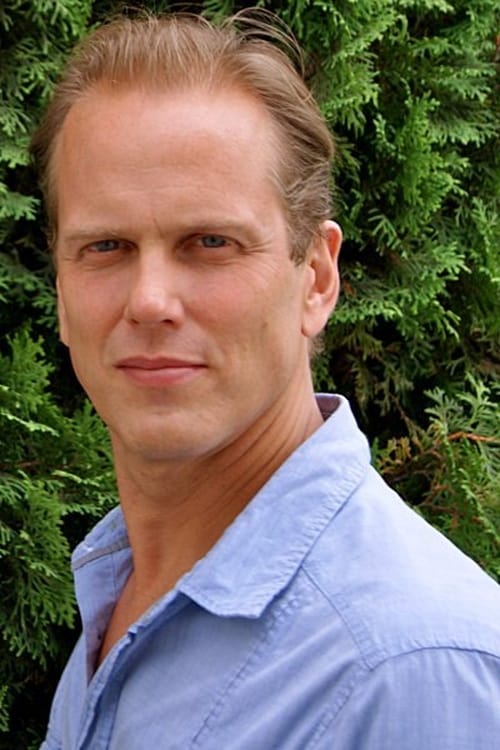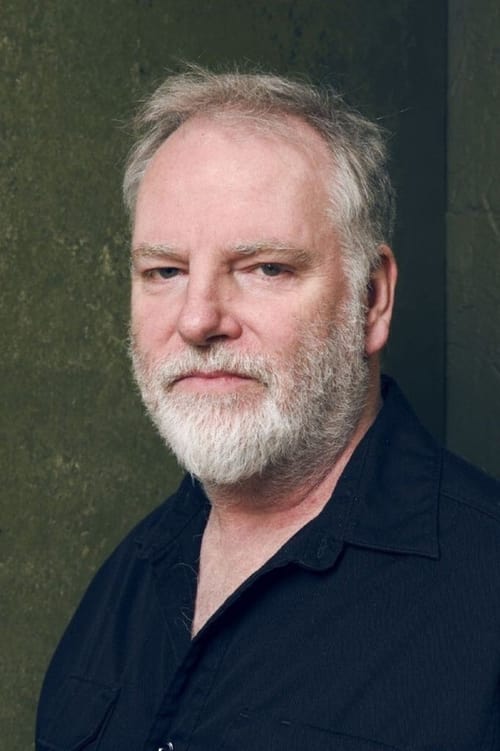Tales from the Gimli Hospital (1988)
It all happened in a Gimli we no longer know.
Жанр : фэнтези, ужасы
Время выполнения : 1Ч 8М
Директор : Guy Maddin
Краткое содержание
While their mother is dying in the modern Gimli, Manitoba hospital, two young children are told an important tale by their Icelandic grandmother about Ainar the lonely, his friend Gunnar, and the angelic Snjofrieder in a Gimli of old.
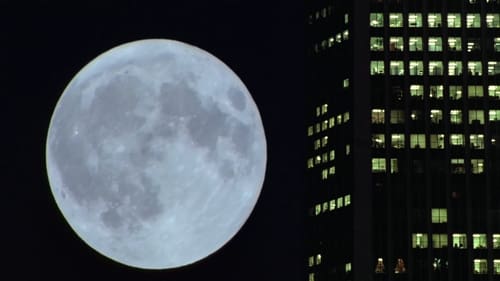
«Koyaanisqatsi» — с языка индейцев племени хопи — это безумная жизнь, беспорядочная жизнь, жизнь на грани распада, жизнь вне баланса, жизнь, требующая изменений во имя продолжения жизни…
"Коянискацци" (Koyaanisqatsi; Жизнь, выведенная из равновесия) - документальный фильм Годфри Реджио с музыкой композитора-минималиста Филипа Гласса и киносъёмками Рона Фрика. Лента содержит большое количество фрагментов, снятых по технологии замедленной киносъёмки. Фильм полностью лишён дикторского текста и актёрской речи, однако его музыкальное оформление, на которое опирается сюжет, занимает в повествовании такое же значение, как и видеоряд, и, фактически, создаёт атмосферу фильма. Это первый из трилогии фильмов "Кацци", показывающей с различных сторон взаимодействие человека и технологии. Более десятилетия из-за лицензионных ограничений фильм "Коянискацци" не издавался, так как Филип Гласс и его ансамбль гастролировали с ним, вживую исполняя музыку прямо перед киноэкраном во время показов.

В этом фильме Уорхола показана жизнь нескольких ковбоев в маленьком городке средней Америки. Они скачут на лошадях, занимаются сексом (и гей-, и гетеро-), издеваются над женщиной , пребывают в скуке и ничегонеделаньи. Кто-то находит любовь, кто-то только удовлетворение. Но вся жизнь ковбоев скучна. Фильм поставлен самим Энди Уорхолом и в полной мере отражает его концепцию рафинированного одиночества: человек принадлежит другому человеку только в моменты соития, потом он принадлежит только себе.
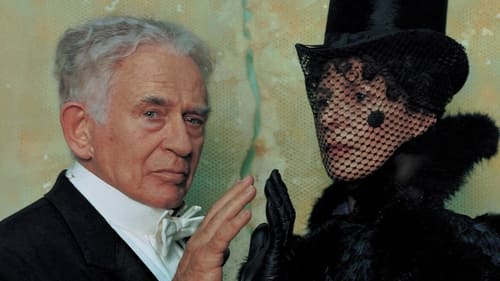
CREMASTER 2 (1999) is rendered as a gothic Western that introduces conflict into the system. On the biological level it corresponds to the phase of fetal development during which sexual division begins. In Matthew Barney's abstraction of this process, the system resists partition and tries to remain in the state of equilibrium imagined in Cremaster 1 ...
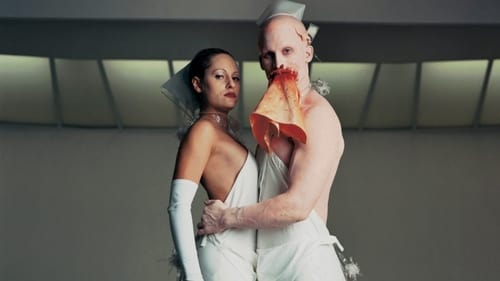
CREMASTER 3 (2002) is set in New York City and narrates the construction of the Chrysler Building, which is in itself a character - host to inner, antagonistic forces at play for access to the process of (spiritual) transcendence. These factions find form in the struggle between Hiram Abiff or the Architect ...
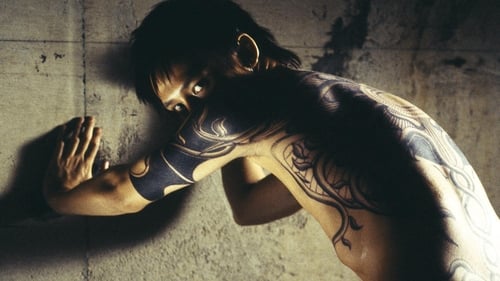
An unknown future. A boy confesses to the murder of another in an all-boy juvenile detention facility. More an exercise in style than storytelling, the story follows two detectives trying to uncover the case. Homosexual tension and explosive violence drives the story which delivers some weird and fascinating visuals.
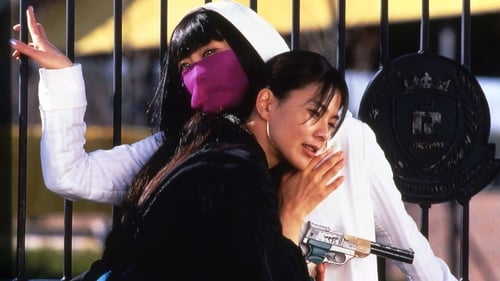
Апофеоз женщины-киллерши по кличке Уличная Кошка, которая становится номером один в своем профсоюзе. Для этого ей приходится по очереди расправиться со всеми киллерами мужского пола, включая особо проворного стрелка в инвалидном кресле, и с коварной дамой в макияже почти что из театра кабуки: она-то и спровоцировала этот киллерский турнир.

Победив последнего Ангела, NERV сталкивается с более зловещей угрозой: пока Гэндо Икари начинает подготовку к Третьему удару, на их подземную штаб-квартиру нападают боевики Seele. Рэй сливается с Лилит, а Синдзи предстоит сделать выбор — продолжит человечество существование или нет.
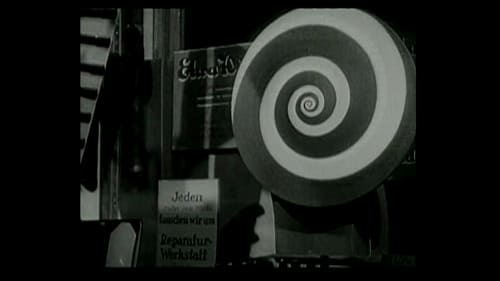
A train speeds through the country on its way to Berlin, then gradually slows down as it pulls into the station. It is very early in the morning, about 5:00 AM, and the great city is mostly quiet. But before long there are some signs of activity, and a few early risers are to be seen on the streets. Soon the new day is well underway. It's just a typical day in Berlin, but a day full of life and energy.

Dislocation in time, time signatures, time as a philosophical concept, and slavery to time are some of the themes touched upon in this 9-minute experimental film, which was written, directed, and produced by Jim Henson. Screened for the first time at the Museum of Modern Art in May of 1965, "Time Piece" enjoyed an eighteen-month run at one Manhattan movie theater and was nominated for an Academy Award for Outstanding Short Subject.

A Japanese fairy tale meets commedia dell'Arte. All in white, the naïf Pierrot lies in a wood. Doo-wop music plays as he rises, stares about, and reaches for the moon. Although music abounds and the children of the wood are there at play, Pierrot is melancholy and alone. Harlequin appears, brimming with confidence and energy. He conjures the lovely Colombina. Pierrot is dazzled. But can the course of true love run smooth?
Filmed in France in 1950, it was not completed nor released until 1971
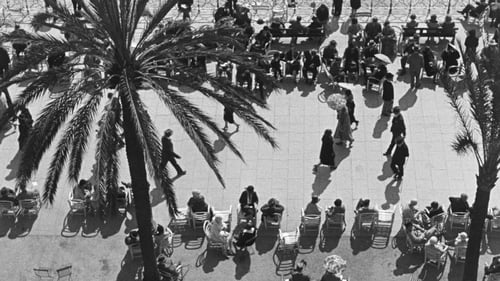
What starts off as a conventional travelogue turns into a satirical portrait of the town of Nice on the French Côte d'Azur, especially its wealthy inhabitants.
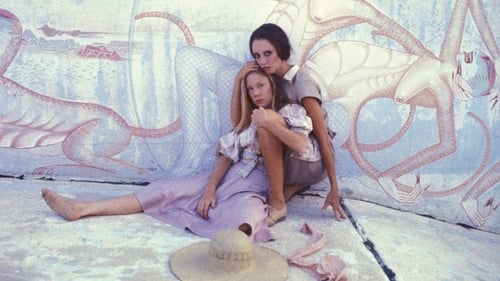
Пинки Роуз, наивная молодая женщина, приезжает в коммуну в Калифорнийской пустыне, но скоро сбегает оттуда вместе с Милли Ламморо, которая тоже родом из Техаса и работала вместе с ней в медицинском учреждении.
Милли, осознающая, что в мире есть такое понятие, как мода, живет в квартирном комплексе для одиноких и проводит вечера в баре для мотоциклистов. Пинки переезжает к Милли и заводит дружбу с Уилли, молчаливой, беременной женой Эдгара, которому принадлежит комплекс.

A spiral design spins. It's replaced by a spinning disk. These two continue in perfect alternation until the end: a spiral design, a disk. Each disk is labelled and can be read as it rotates. The messages, in French, feature puns and whimsical rhymes and alliteration. The final message comments on the spiral motif itself.
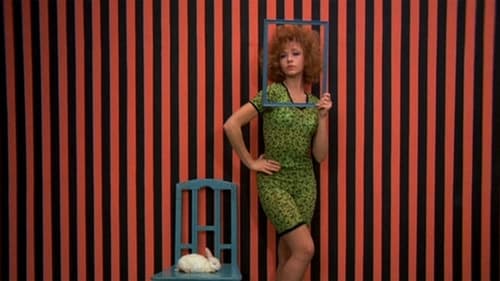
Фильм построен на параллельном монтаже двух сюжетных линий: первая рассказывает о сексуальных теориях доктора Вильгельма Райха, эмигрировавшего в Америку из Австрии, но, в конце концов, осужденного за оскорбление общественной нравственности; вторая, действие которой происходит в Югославии, в ироническом тоне соединяет документальную хронику сталинской эпохи с рассказом о страсти, вспыхивающей между свободомыслящей югославкой и закомплексованным солистом советского балета на льду.
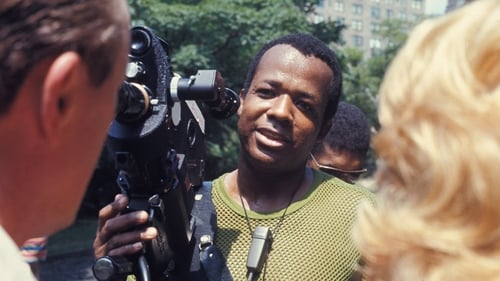
In Manhattan's Central Park, a film crew directed by William Greaves is shooting a screen test with various pairs of actors. It's a confrontation between a couple: he demands to know what's wrong, she challenges his sexual orientation. Cameras shoot the exchange, and another camera records Greaves and his crew. Sometimes we watch the crew discussing this scene, its language, and the process of making a movie. Is there such a thing as natural language? Are all things related to sex? The camera records distractions - a woman rides horseback past them; a garrulous homeless vet who sleeps in the park chats them up. What's the nature of making a movie?
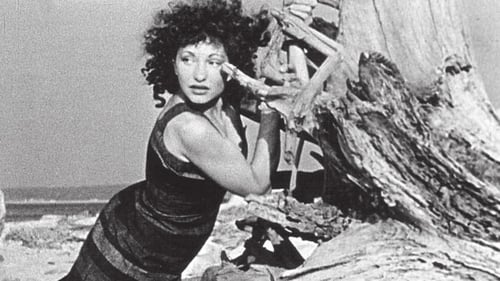
A woman lies on the sand, left there by the tides and waves (and in a pose that would be copied in From Here to Eternity). She reaches up across tree roots and makes a difficult climb. Only to discover herself climbing horizontally along a long dinner table as bourgeoise black-tie guests chat and drink and smoke, oblivious to her. At the top of the table, a man is playing chess but abandons the game. Fascinated, she gazes at board, the pieces moving unaided. The woman chases a pawn as it falls to the floor. Falls down a waterfall. Is lost.
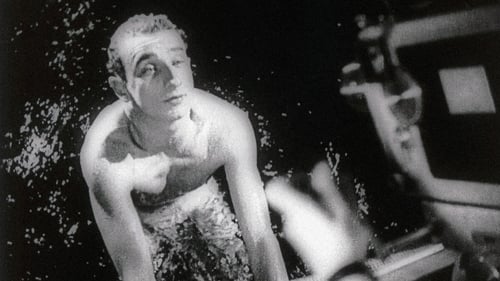
Short documentary directed by Jean Vigo about the French swimmer Jean Taris. The film is notable for the many innovative techniques that Vigo uses, including close ups and freeze frames of the swimmer's body.

2012: Time For Change is a documentary feature that presents ways to transform our unsustainable society into a regenerative planetary culture. This can be achieved through a personal and global change of consciousness and the systemic implementation of ecological design.

At Stamford Road in Dalston Junction of east London, the camera follows pedestrians, cars and birds while a narrator, who appears to be the director behind the camera, seems to instruct the objects.
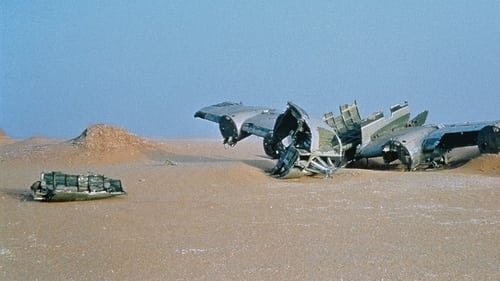
Shot under extreme conditions and inspired by Mayan creation theory, the film contemplates the illusion of reality and the possibility of capturing for the camera something which is not there. It is about the mirages of nature—and the nature of mirage.

